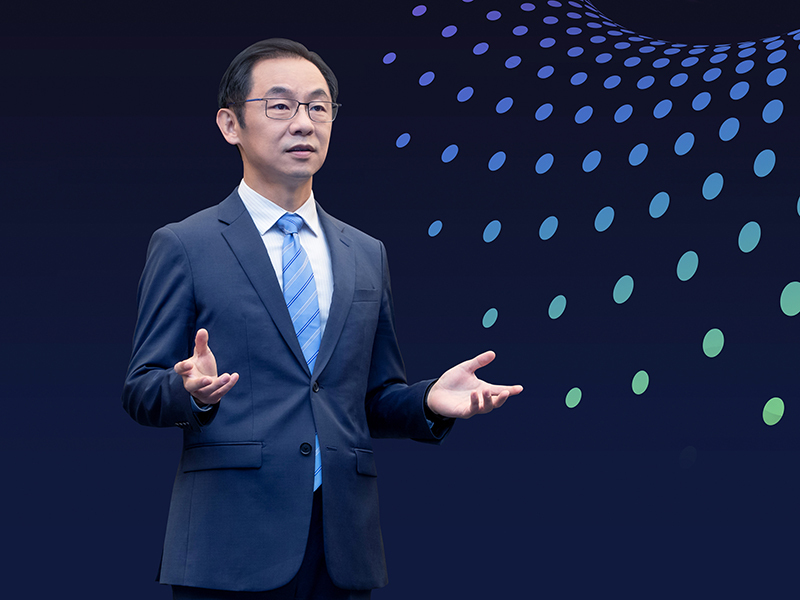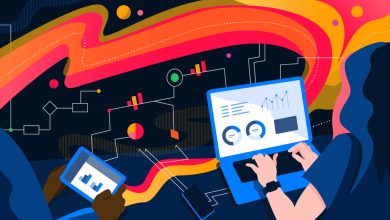
On the second day of Huawei Connect 2022, I participated in a couple of keynotes that provided fantastic insights into how Huawei has unleashed digital transformation with its product line across a wide range of critical industries, including financial services and energy.
See what went down on Day 2 of Huawei Connect 2022:
Digital Transformation to Empower Industries
Huawei Connect 2022’s second day began with Ryan Ding’s keynote, in which he discusses the ways in which digital transformation can be used to empower industries and generate value. Third-party studies projected a 15.6% increase in the global digital economy in 2021. According to Ryan, “the number of businesses with a digital transformation plan increased by 42% over the course of the past two years.” From 2022 to 2024, he went on, “Enterprise direct investment in digital transformation is anticipated to climb at 16.5% per year.”

Huawei’s cutting-edge networking, computing, and cloud solutions help the company accomplish three objectives:
- Utilise advanced data networking, wireless technology, and optical connections to build intelligent connectivity.
- Redefine computing using data storage and diversified computing technologies.
- Create a smart cloud environment that can help several businesses.
Ryan gave an example of how Huawei is put to use in the context of remote port cranes, oil and gas drilling, and convergent campus networks keeping true to the principle of applying the right solution of utilising the synergy of multiple technologies to address a complex issue which is hard to solve with a single technology.
Innovative Digital Infrastructure Accelerates Digital Transformation
The second keynote speaker, Bob Chen, Vice President of Huawei Enterprise BG, opened his speech by stating, “During the Industrial Age, manual tools were superseded by machinery.” The fourth industrial revolution is starting to take shape as AI technology advances. Starting now, machines are beginning to take over daily tasks.
Bob emphasised the vast possibilities of AI and the opportunity for growth that exists to fully realise its potential to contribute to the digital economy of a country.
Huawei already established that nearly all specialist equipment in the construction industry is still run manually. In the past, a crane operator, for example, spent eight hours a day, every day, at heights of up to 40 metres, confined to a small, enclosed chamber. An interruption in operations might be caused by anything as simple as an employee taking a restroom break, yet in most cases, that break would be ignored.
In today’s modern world, Bob says HD video and equipment status data can be backhauled via 5G networks with ease. Additionally, a single operator may now control six cranes simultaneously from an air-conditioned office located 100 kilometres from the actual construction sites.
As Bob puts it, “digitalisation will liberate us from the mental labour,” one of many applications that arose as a result of the industrial revolution is that it freed people from manual labour.
Building the Data Centric, Trustworthy Foundation for Diverse Application
Thirdly, Huawei’s President of IT Product Line Peter Zhou said, “data is crucial in the digital era,” to open up his presentation. Peter explained, with the example of a seismic data processing model, that the oil and gas industry’s exploration of seismic data yields around 700GB of data per unit km2. About ten times as much storage space is required to keep up with the data being sent to more than four hundred software modules in real-time as is now being used.
The amount of data as we know it will continue to grow. As a leader in the storage market, Huawei has seen four main shifts in data storage throughout the course of the digital transition:
1.Diverse Data Application
Huawei has created an intelligent storage system that utilises all-flash storage in order to provide a reliable basis for future technologies like Big Data and AI, which are becoming increasingly diverse.
2.Real-Time Data Processing
As real-time risk management and real-time pinpoint decision-making become more commonplace, so does the need for accurate, timely analysis. Because of this, real-time processing relies heavily on the ability to store both real-time and historical data in the same place.
3.Comprehensive Data Protection
Nowadays, digital resilience is not a nice-to-have but a mandatory requirement. Since data is now so precious, threat actors often target it for theft or destruction of data sovereignty. “Data storage would be the last level of data protection,” said Peter.
4.Energy-Efficient Data Storage
Low-power data storage systems are becoming the standard. While the globe committed to a more sustainable future on Glasgow’s Climate Pact at the COP26 Summit, data storage is consuming 300 kWh per 1TB of data annually. Simply switching from HDD to SSD storage might save enough energy to plant 150 trees annually, Peter claimed.
The second day of Huawei Connect 2022 has some exciting highlights. I’ll be returning to you with more exclusives from Bangkok. For more information about Huawei Connect 2022, stay tuned.




